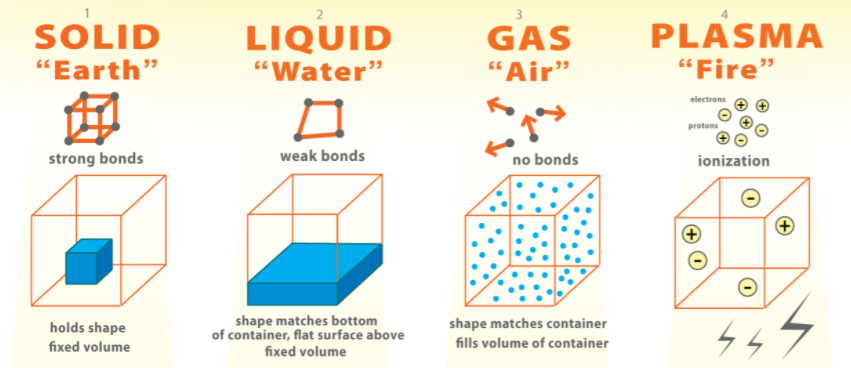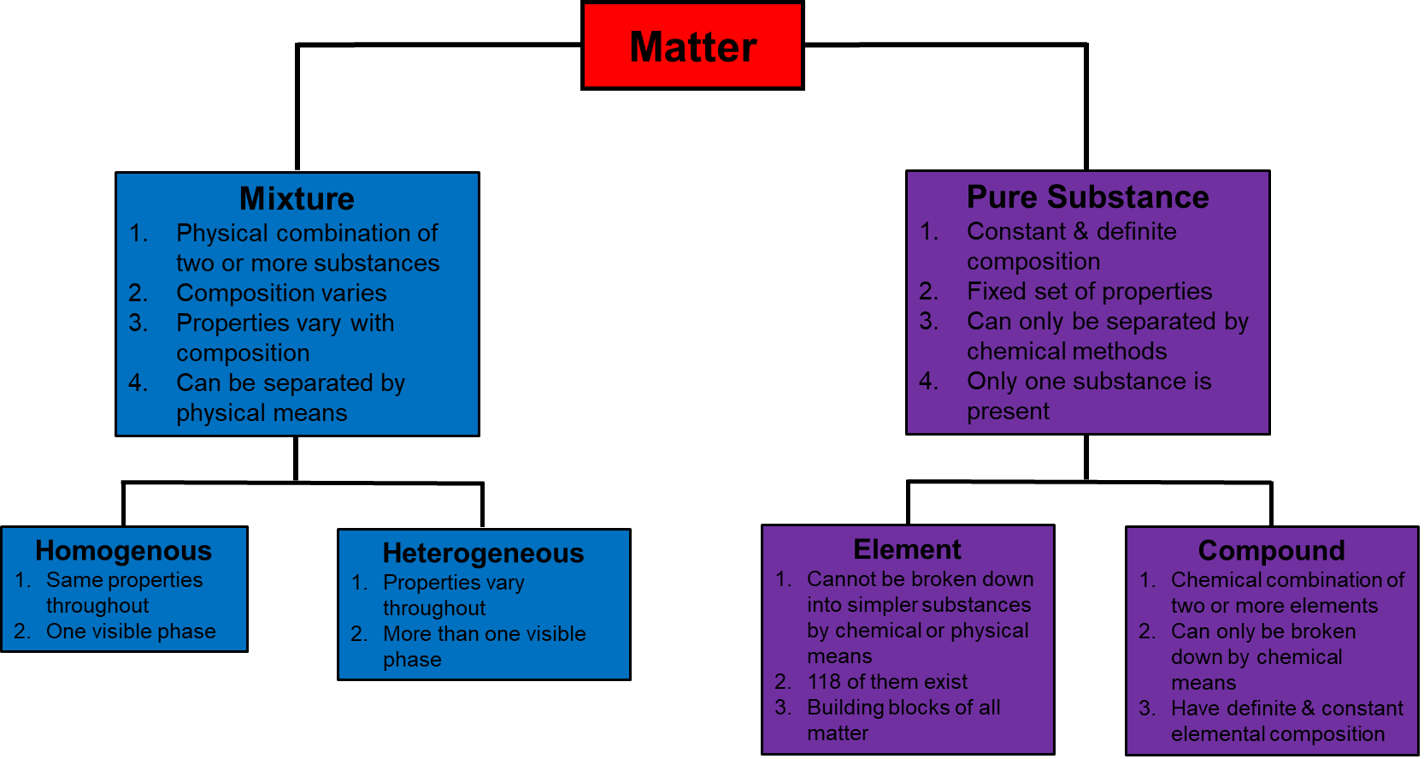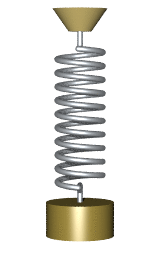Elasticity and Plasticity of Solids
In this article, we will learn about some of the mechanical properties of solids – Elasticity and Plasticity.
But before we do so, let us learn about matter in general and solids in particular.
 Table of Contents
Table of Contents- What is Matter?
- Elasticity and Plasticity
What is Matter?
Anything in our universe that takes up space and has mass is called matter. As matter has mass, it will showcase gravitational and inertia-related properties.
What is Solid?
Solid is a type of matter wherein the molecules or atoms are tightly packed together. This tight packaging of molecules provides any solid a definite shape (so a definite volume).
 Classification of Matter
Classification of MatterMatter can be classified in two ways:
Physical Classification: Matter can be Solid, Liquid, Gas, or Plasma. (In this article, we are just going to focus on Physical Properties of Solids.)

Chemical Classification: Matter can be a Pure Substance (Element or Compound) or a Mixture (Homogeneous or Heterogeneous).

If we dig even deeper, then Elements can be metallic or non-metallic. Similarly, Compounds can be Organic or Inorganic.
Elasticity and Plasticity
So, we know that solids have a definite shape.
- But what if we exert a force on it?
- How much force do we need to exert to change the shape of a particular solid?
- What will happen if we stop applying the force?
- On removing the external force, will the solid regain its original shape or maintain the new distorted shape?
Let’s see.
What is Elasticity of Solids?
We know that, when we apply sufficient external force on a solid, its shape and size may change (or we can say it gets deformed). Such deformation is called elastic deformation.
 Law of elasticity or Hooke's law
Law of elasticity or Hooke's lawRobert Hooke (1635- 1703 A.D) conducted some experiments on springs. He found out that change in length in springs is proportional to the applied external force. This is called Law of elasticity or Hooke’s law.
Elasticity is a mechanical property of solid by virtue of which it regains its original shape after external force is removed.

The more a solid showcases this feature of regaining its original shape, the more elastic it’s said to be. For example, when we pull a spring, it stretches (i.e. its length increases). But as soon as we stop pulling it, it regains its original size and shape to some extent. Such solids are often referred to as elastic.
Reason behind Elasticity
We can explain the phenomenon of Elasticity in solids in terms of microscopic nature of the solid. Atoms and Molecules in a solid are close together and bonded together by interatomic or intermolecular forces, and stay in a stable equilibrium position.
Application of force disturbs this equilibrium, and leads to changes in interatomic or intermolecular distances.
But as soon as this external force is removed, the interatomic or intermolecular forces pull back those atoms/molecules to their original positions. Elastic solids regain their original shape and size because of this phenomenon.
 Limit of elasticity
Limit of elasticityHowever, if the applied force is strong enough, it can break these interatomic or intermolecular bonds. The maximum external deforming force upto which a body retains its property of elasticity is called the limit of elasticity of that solid.
What is Plasticity of Solids?
Plasticity is a concept that is opposite to the concept of Elasticity.
Plasticity is a mechanical property of solid by virtue of which it cannot regain its original shape even after external force is removed.
The more a solid showcases this feature of not regaining its original shape, the more plastic it’s said to be. For example, once we change the shape and size of a lump of putty or mud, it does not regain its original shape. They get permanently deformed. Such solids are often referred to as plastic.
 Some Facts
Some Facts- Almost perfect elastic bodies - Quartz and Phosphor bronze
- Almost perfect plastic bodies - Putty and Mud
- Steel is more elastic than rubber.
